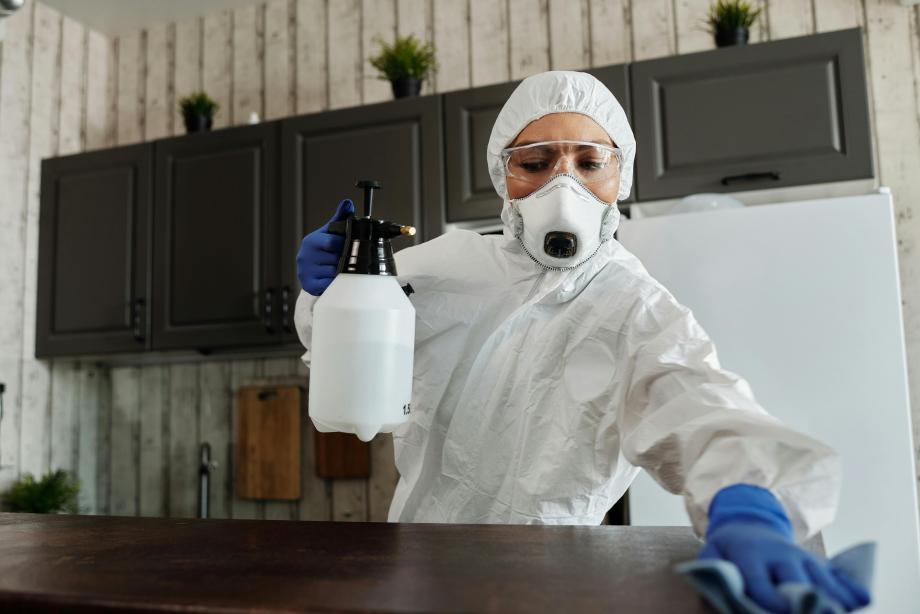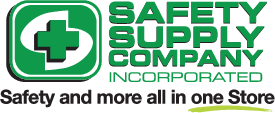Chemical Hazard Safety: Understanding The 4 Paths of Entry

Chemical hazards in the workplace pose significant risks to employees' health and safety. Exposure to hazardous chemicals can lead to short-term effects like skin irritation and long-term consequences such as respiratory disorders or even cancer. To effectively manage these risks, it’s essential to understand how chemicals enter the body, often referred to as the "four points of entry." These pathways are ingestion, inhalation, skin absorption, and injection. Each route presents unique risks and requires specific preventive measures to minimize exposure.
1. Ingestion
Ingestion occurs when hazardous chemicals are swallowed, either directly or indirectly. While direct ingestion of a hazardous substance is rare in most workplace settings, indirect ingestion often happens through improper hygiene practices. For example, if a worker fails to wash their hands after handling chemicals and later eats or smokes, they could inadvertently consume small amounts of the substance.
Chemicals ingested can lead to a variety of health issues, ranging from gastrointestinal irritation to toxic effects on organs such as the liver and kidneys. To mitigate the risk of ingestion, workplaces should implement strict hygiene policies. These include providing adequate hand-washing facilities, ensuring that food and drink are kept away from chemical handling areas, and promoting good personal hygiene practices.
2. Inhalation
Inhalation is one of the most common routes of entry for chemical hazards. Many hazardous substances can become airborne as vapors, gases, dust, or fumes, making them easy to breathe in. Once inhaled, these chemicals can cause immediate damage to the respiratory system or accumulate over time, leading to chronic health issues such as asthma, bronchitis, or even lung cancer.
To prevent inhalation, workplaces need to prioritize adequate ventilation systems. The use of local exhaust ventilation (LEV) can capture hazardous vapors and dust at their source, reducing the risk of airborne exposure. Personal protective equipment (PPE), such as respirators, is also crucial, particularly in environments where ventilation alone cannot mitigate risks. Regular air quality monitoring ensures that exposure levels remain within safe limits.
3. Skin Absorption
The skin is a significant route of entry for many chemicals, especially those that are lipid-soluble and can easily penetrate the skin barrier. Skin absorption can result in localized effects like irritation or dermatitis, or systemic effects when the chemicals enter the bloodstream. Substances like pesticides, solvents, and industrial chemicals are notorious for their ability to penetrate the skin and cause harm.
To prevent skin absorption, workers should wear appropriate PPE such as gloves, long sleeves, and protective suits when handling hazardous materials. It is also crucial to regularly inspect PPE for damage and ensure its proper use. Proper training on how to handle chemicals and what to do in case of skin contact is vital to preventing accidents.
4. Injection
Though less common, injection is another potential route of chemical exposure. This can occur when a sharp object, such as a needle or contaminated tool, punctures the skin and introduces chemicals directly into the bloodstream. Injection can result in immediate and severe health effects, depending on the chemical involved.
To minimize the risk of injection, it is important to ensure that sharp objects and tools are handled carefully and disposed of properly. The use of puncture-resistant gloves and proper safety protocols for handling hazardous materials can help prevent accidental injections.
Conclusion
Understanding the four points of entry for chemical hazards—ingestion, inhalation, skin absorption, and injection—is crucial for developing comprehensive safety strategies. Each route of exposure requires tailored preventive measures to ensure workers' health and safety. By maintaining proper hygiene, using effective ventilation systems, providing adequate PPE, and following strict safety protocols, workplaces can significantly reduce the risk of chemical exposure and foster a safer working environment.
Blog Articles
Check out more articles
PPE: The Unspoken Love Language
Wearing PPE: Protecting Your Present and Securing Your Future
View MoreTips to Improve Safety While Working With Heavy-Duty Mobile Equipment
Improving the safety of ground personnel working around mobile equipment, such as forklifts, excavators, etc., requires a combination of engineering controls, administrative measures, and behaviora
View MoreWhy You Should Service Your Safety Equipment
Safety equipment serves as the frontline defense against workplace hazards, ensuring the well-being of employees and minimizing risks.
View More



